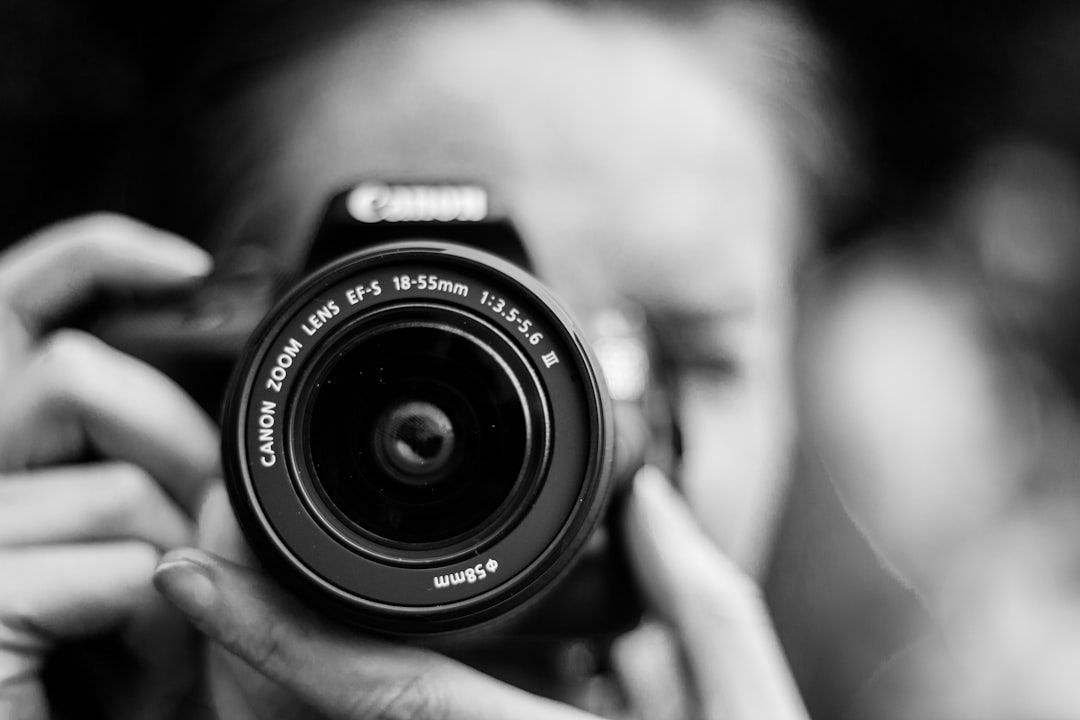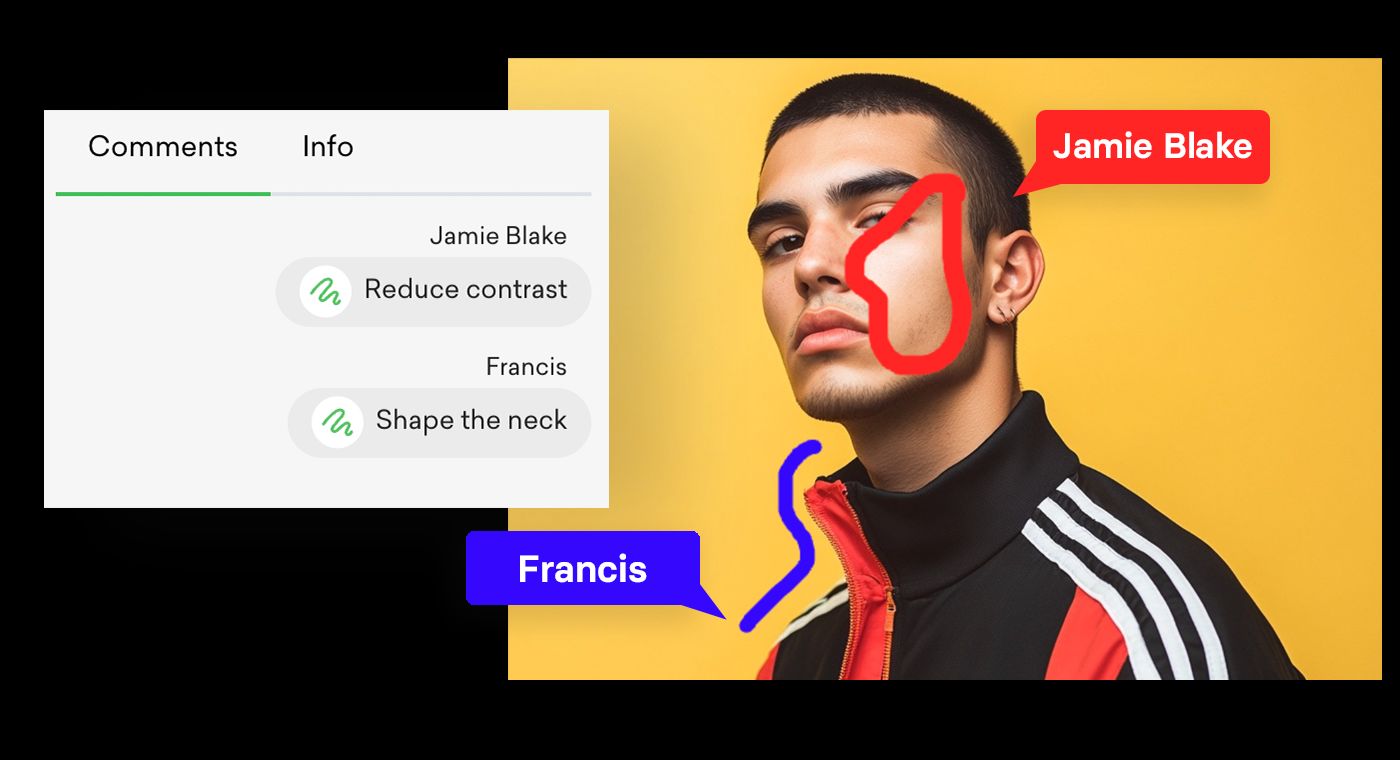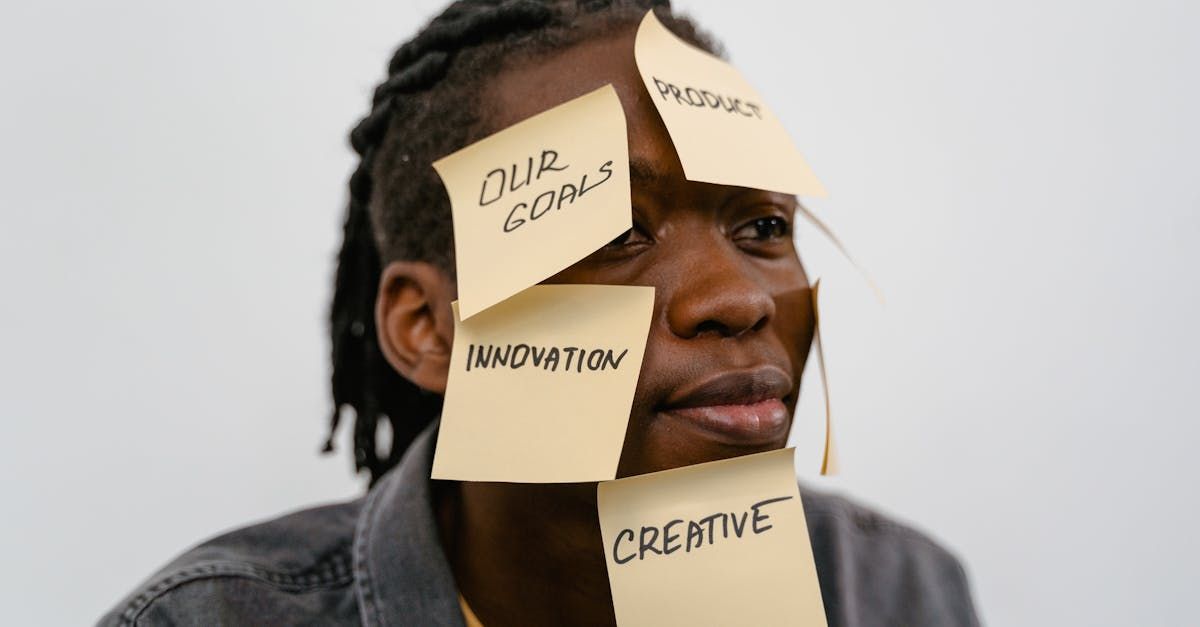Creative teams face tighter timelines than ever before and the pressure is only growing. Nearly 97 percent of creative agencies now struggle with serious deadline challenges. You might think more tools just add to the chaos. Actually the right strategies and collaboration tricks can turn stressful timelines into frameworks for inventive, on-time work.
Table of Contents
- Understanding Project Deadlines In Creative Work
- Effective Planning And Prioritization Techniques
- Tools And Communication For On-Time Delivery
- Overcoming Common Deadline Challenges In 2025
Quick Summary
| Takeaway | Explanation |
|---|---|
| Balance Creativity and Deadlines | Effective management requires blending artistic freedom with professional timelines. |
| Adopt Flexible Planning Strategies | Break projects into segments and allow for adaptability with buffer periods. |
| Utilize Project Management Tools | Leverage technology for real-time collaboration and transparent progress tracking. |
| Implement Effective Communication Protocols | Clear communication channels minimize misunderstandings and streamline project delivery. |
| Cultivate Resilient Workflows | Build adaptive processes that embrace change and prioritize continuous improvement. |
Understanding Project Deadlines in Creative Work
Project deadlines represent critical benchmarks that define the success and efficiency of creative workflows. For photographers, designers, and creative professionals, managing these temporal constraints requires a nuanced approach that balances artistic integrity with professional accountability.
The Psychology of Creative Time Management
Creative work introduces unique challenges in deadline management. Unlike linear production processes, creative projects involve complex cognitive processes that cannot be entirely predictable. Research from the National Center for Biotechnology Information highlights that psychological safety and adaptive planning are fundamental to successfully navigating project timelines in high-variability creative environments.
Professionals must recognize that creativity does not always conform to linear time expectations. The brain’s creative processes involve non-linear thinking, inspiration, and iterative refinement. This means that traditional time management strategies often fall short when applied to artistic endeavors.
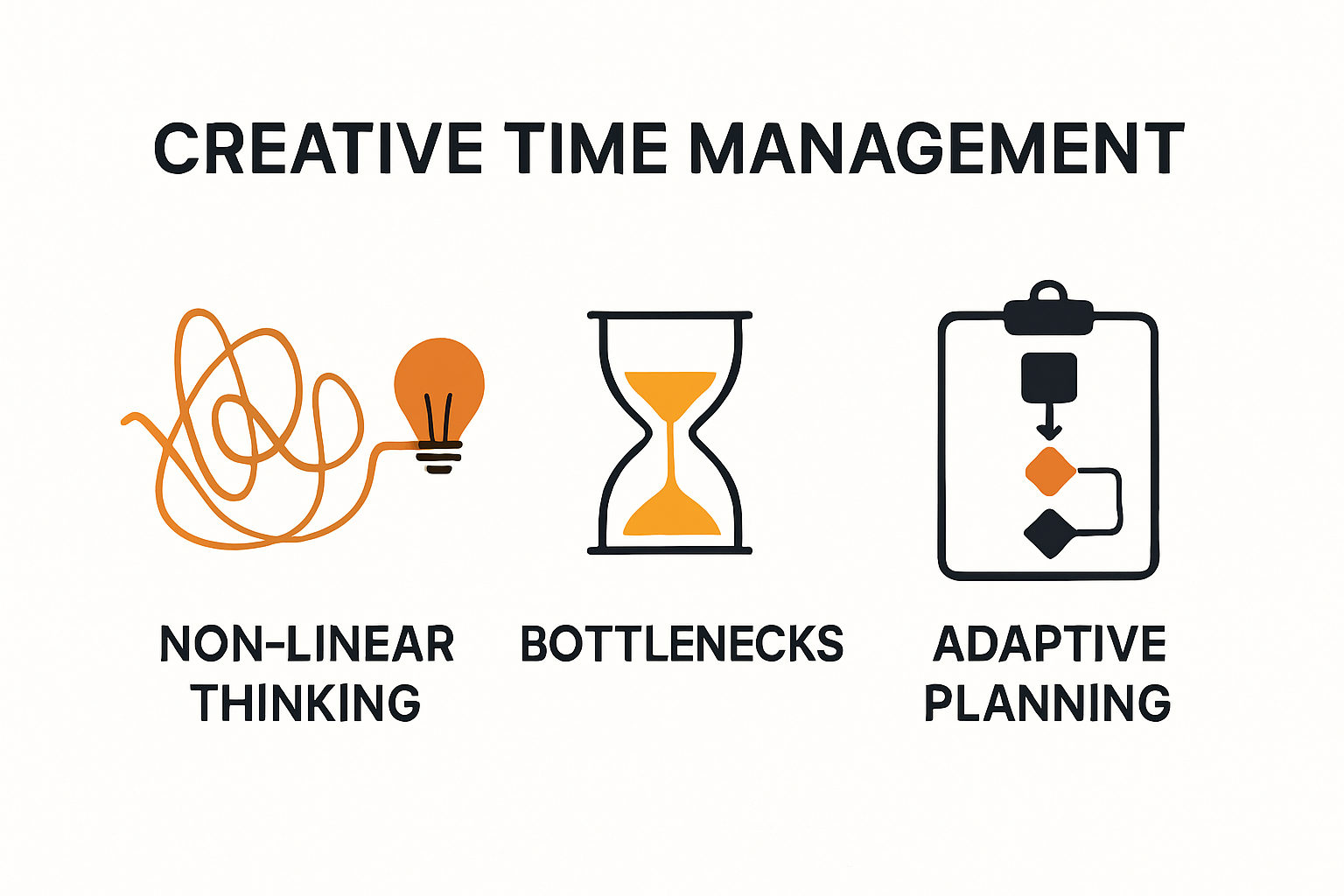
Strategic Deadline Planning for Creative Teams
Effective deadline management in creative work requires a multi dimensional approach. Realistic Timeline Construction becomes paramount. This involves breaking complex projects into manageable segments, establishing clear interim milestones, and building buffer periods that accommodate unexpected creative challenges.
Key strategies include:
- Comprehensive Project Mapping: Detailed initial assessment of project scope, potential complexity, and required creative iterations
- Flexible Milestone Development: Creating adaptable checkpoints that allow for creative exploration while maintaining overall project momentum
- Risk Assessment: Proactively identifying potential bottlenecks or creative blocks that might impact project completion
Technology and Collaborative Tools
Modern creative professionals leverage sophisticated project management tools that support dynamic workflow management. These technologies enable real time collaboration, transparent progress tracking, and intelligent resource allocation. By integrating advanced planning software, teams can create more accurate timelines that respect both creative processes and professional commitments.
The goal is not rigid constraint but intelligent flexibility. Successful deadline management in creative work means creating structures that support artistic expression while maintaining professional reliability. This requires a delicate balance between structured planning and creative freedom.
Understanding project deadlines is more than simply meeting a date. It represents a comprehensive approach to professional creativity that honors both artistic integrity and client expectations. By developing robust strategies, utilizing appropriate technologies, and maintaining psychological awareness, creative professionals can transform deadlines from sources of stress into frameworks for exceptional work.
Effective Planning and Prioritization Techniques
In the dynamic world of creative work, effective planning and prioritization are not just organizational skills but strategic tools that determine project success. Creative professionals must develop sophisticated approaches to manage complex workflows, multiple deadlines, and diverse project requirements.
Strategic Goal Setting and Task Prioritization
Research from the National Center for Biotechnology Information highlights the critical importance of structured planning in project management. Implementing SMART goal-setting techniques transforms abstract creative objectives into actionable, measurable milestones.
The SMART framework ensures goals are:
- Specific: Clearly defined and unambiguous
- Measurable: Quantifiable progress tracking
- Achievable: Realistic within available resources
- Relevant: Aligned with broader project and team objectives
- Time-bound: Concrete deadlines for completion
By breaking complex creative projects into granular, manageable subtasks, professionals can maintain momentum and clarity throughout the project lifecycle.
Advanced Prioritization Models
According to CIO’s research-backed methods, creative teams can leverage sophisticated prioritization techniques like the MoSCoW analysis. This method categorizes tasks into four critical segments:
- Must have: Non-negotiable project requirements
- Should have: Important but not vital elements
- Could have: Desirable but not essential components
- Won’t have: Low-priority or deferrable tasks
Weighted scoring models provide another powerful approach. By assigning numerical values to task importance, urgency, and potential impact, creative professionals can develop a nuanced prioritization strategy that goes beyond simple linear ranking.
Technology and Collaboration in Planning
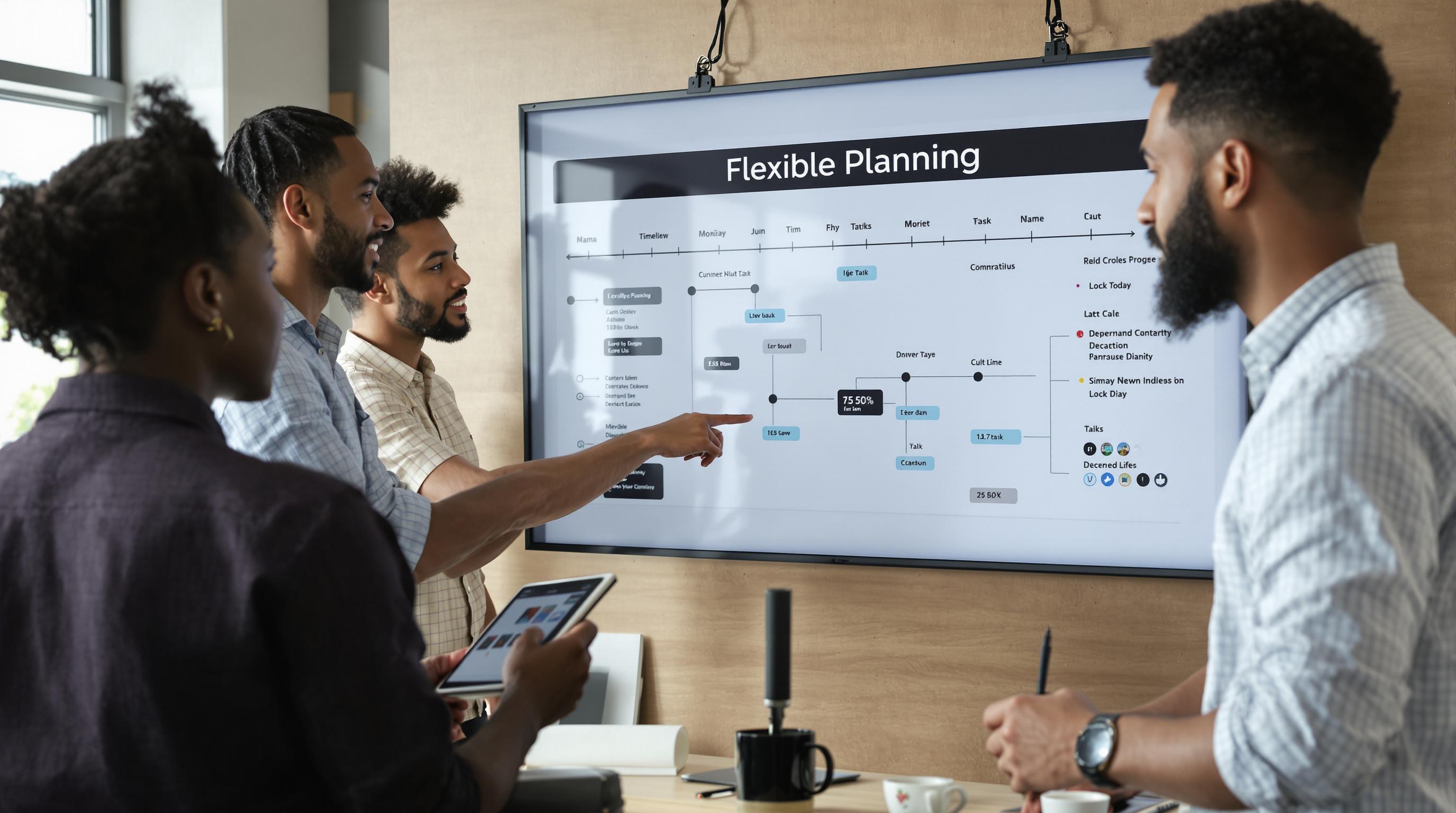
Modern project management tools have revolutionized planning and prioritization. Digital platforms enable real-time collaboration, visual workflow tracking, and intelligent resource allocation. These technologies transform traditional planning from static spreadsheets to dynamic, interactive systems.
Key technological advantages include:
- Visual Project Mapping: Interactive dashboards showing project progress
- Automated Deadline Tracking: Real-time alerts and milestone notifications
- Resource Allocation Insights: Intelligent workload distribution
Successful planning is not about rigid control but creating flexible frameworks that adapt to creative processes. By combining structured methodologies, advanced prioritization techniques, and innovative technologies, creative professionals can transform potential chaos into systematic, achievable project progression.
To clarify how the MoSCoW prioritization and weighted scoring models differ for creative teams, the table below summarizes their approaches and characteristics.
| Method | Description | Strengths |
|---|---|---|
| MoSCoW Analysis | Categorizes tasks: Must, Should, Could, Won’t have | Simple, visual, clarifies priorities fast |
| Weighted Scoring Model | Assigns numerical values by importance/urgency | Nuanced, ranks tasks by multiple criteria |
Tools and Communication for On-Time Delivery
Successful project delivery in creative work hinges on robust communication strategies and intelligent technological support. Modern creative teams must leverage advanced tools that facilitate seamless collaboration, real-time updates, and transparent workflow management.
Communication Flow Management
Research exploring FLOW Mapping demonstrates that systematic communication planning dramatically improves project coordination. By establishing clear information channels and predefined communication protocols, creative teams can minimize misunderstandings and accelerate project progression.
Effective communication strategies involve:
- Structured Communication Protocols: Establishing clear channels for different types of project updates
- Regular Check-ins: Scheduled touchpoints to synchronize team efforts
- Transparent Progress Tracking: Visual dashboards displaying real-time project status
These approaches ensure that all team members remain aligned and informed throughout the project lifecycle, reducing potential delays caused by miscommunication.
Collaborative Digital Platforms
A comprehensive study on collaboration tools reveals how digital platforms transform team productivity. Modern communication tools like Slack, Microsoft Teams, and specialized project management software enable instantaneous information sharing, task assignment, and progress monitoring.
Key features of effective collaboration platforms include:
- Real-time Messaging: Instant communication across team members
- Task Assignment Modules: Clear delegation and tracking of individual responsibilities
- Integration Capabilities: Seamless connection with other professional software
Innovative Communication Technologies
Research exploring communication-specific tools highlights the potential of specialized communication technologies designed for creative workflows. These platforms go beyond traditional messaging, offering context-rich communication environments that support complex creative processes.
Advanced communication technologies can:
- Contextualize Conversations: Link discussions directly to specific project elements
- Preserve Creative Context: Maintain project-specific communication histories
- Support Asynchronous Collaboration: Enable team members to contribute across different time zones
Successful on-time delivery requires more than just tracking tasks. It demands a holistic approach that combines technological tools, strategic communication protocols, and a culture of transparency. By investing in sophisticated communication infrastructure, creative teams can transform potential communication barriers into collaborative opportunities, ensuring projects not only meet deadlines but exceed expectations.
Overcoming Common Deadline Challenges in 2025
Creative professionals face increasingly complex project environments that demand sophisticated strategies for maintaining deadline integrity. As the professional landscape evolves, understanding and proactively addressing potential deadline challenges becomes crucial for sustained success.
Industry-Wide Deadline Challenges
Research from the Project Management Institute reveals a stark reality: 97% of creative agencies encounter significant project management obstacles. With 54% reporting overdue deadlines and 55% experiencing budget overruns, the need for robust management strategies has never been more apparent.
Common deadline challenges include:
- Scope Creep: Unexpected project expansion beyond initial requirements
- Resource Limitations: Insufficient team capacity or specialized skills
- Communication Breakdowns: Misalignment between team members and stakeholders
The following table summarizes key deadline-related statistics and challenges faced by creative agencies, as reported in the article.
| Challenge | Reported Impact / Percentage |
|---|---|
| Agencies with deadline challenges | 97% |
| Projects with overdue deadlines | 54% |
| Projects with budget overruns | 55% |
| Common Obstacles | Scope creep, resource limitations, communication breakdowns |
Strategic Adaptation Techniques
According to Creative Project Management research, creative teams must develop adaptive methodologies to navigate complex project landscapes. This involves implementing agile approaches that prioritize flexibility and continuous improvement.
Key strategies for overcoming deadline challenges include:
- Iterative Planning: Breaking projects into smaller, manageable phases
- Regular Performance Reviews: Conducting frequent check-ins to assess project progression
- Proactive Risk Management: Identifying potential obstacles before they impact project timelines
Building Resilient Workflows
Research from HR Fraternity emphasizes the importance of developing flexible workflows that can adapt to changing project dynamics. This approach requires a holistic view of project management that goes beyond traditional linear methodologies.
Resilient workflow development involves:
- Continuous Learning: Investing in team skill development
- Technology Integration: Leveraging advanced project management tools
- Cultural Adaptability: Fostering a team environment that embraces change and innovation
Successful deadline management in 2025 is not about rigid control but about creating adaptive, responsive systems that support creative excellence. By understanding common challenges, implementing strategic techniques, and building resilient workflows, creative professionals can transform potential obstacles into opportunities for exceptional project delivery.
The future of creative project management lies in embracing complexity, maintaining flexibility, and developing proactive approaches that anticipate and address potential challenges before they become critical impediments to project success.
Frequently Asked Questions
How can creative teams effectively manage project deadlines?
Creative teams can manage project deadlines by balancing creativity with structured planning, using effective communication protocols, and utilizing project management tools.
What tools can help improve collaboration for meeting deadlines?
Tools such as Slack, Microsoft Teams, and specialized project management software enhance collaboration by enabling real-time communication, task assignments, and progress tracking.
What strategies can be implemented to prioritize tasks in creative projects?
Using methods like the SMART goal-setting framework and prioritization models such as MoSCoW helps teams break down tasks, identify essential elements, and maintain project momentum.
How can teams address common deadline challenges?
Teams can overcome common deadline challenges by implementing agile methodologies, conducting regular performance reviews, and maintaining open lines of communication to identify potential issues early.
Ready to Hit Every Deadline Without Sacrificing Creative Excellence?
If your team is tired of juggling complex workflows or missing deadlines due to scattered feedback or chaotic file exchanges, you’re not alone. The article above revealed how creative teams struggle with tight schedules, communication roadblocks, and the constant pressure to deliver high-quality work on time. Imagine if your process brought calm, clarity, and seamless collaboration to every project stage.

Pikd turns creative deadline stress into a smooth journey. As a visual-first platform built for photographers, videographers, and creative teams, Pikd lets you effortlessly upload, organize, and share high-res content in branded galleries. Gather real-time feedback, manage client selections, and keep every file exactly where it should be. Forget clunky folders and endless emails. With Pikd, your entire creative workflow becomes visible, interactive, and perfectly aligned with the time-saving strategies you crave.
Stay ahead of the deadline curve. Visit Pikd now, see how easy it is to deliver polished visual projects on time, and discover a better way to collaborate and impress your clients.


